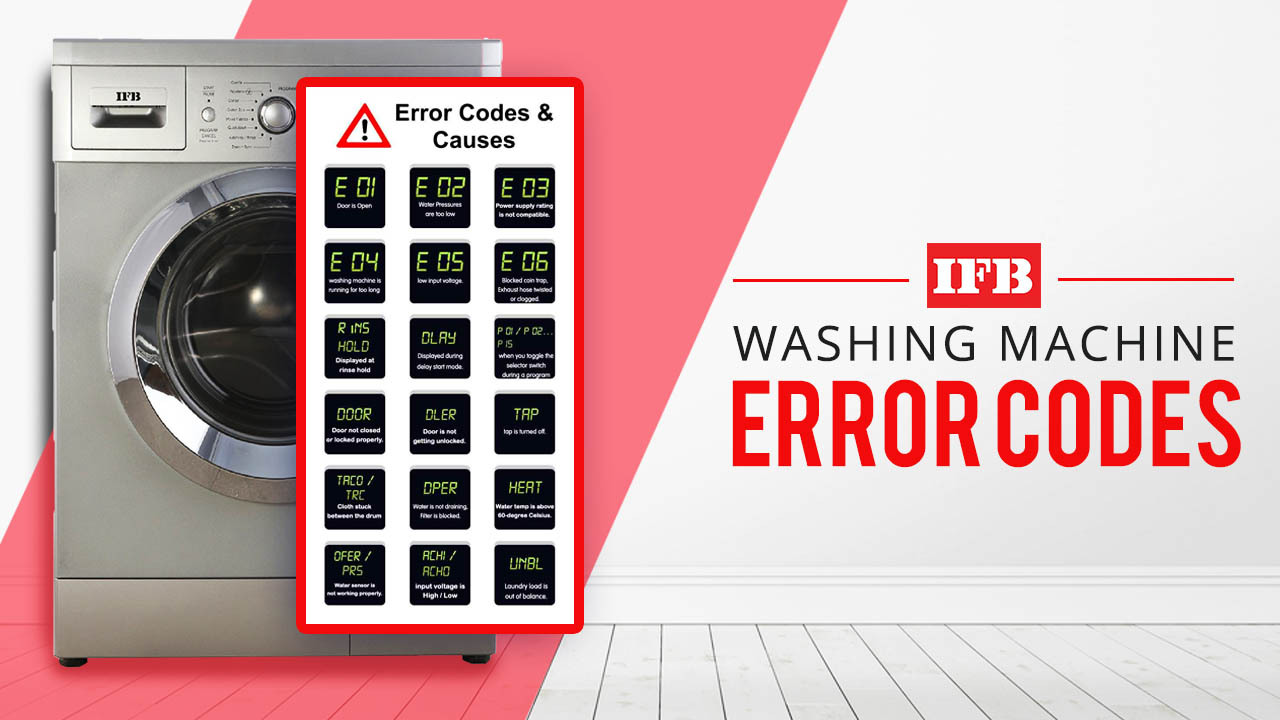Every home has a washing machine doesn’t it? Because without one dealing with laundry is a much more difficult and time-consuming process.
The most modern models of automatic washing machines are equipped with a self-diagnosis system. This means that the user will not have to independently identify the problem, the machine will easily determine at what stage of the washing the error occurred and will provide the information obtained in the form of a combination of a letter and a number on the display.
How To Fix Washing Machine Errors?
Here’s our troubleshooting guide on how to fix washing machine errors for common washing machine problems with solutions to get your washer back to work.
Why does the washing machine malfunction?
Even During the life of the best washing machine, over time, more or less important malfunctions can occur, especially if the periodic maintenance is neglected. These malfunctions are not always serious enough to require the replacement of the washing machine. In fact in many cases the solution is simple and does not even require the intervention of a specialized technician.
Let’s see what are the most common malfunctions, their causes and possible solutions.
Why does the washing machine stink?
The smell of mold and stale is one of the most common problems that a washing machine can have, and it is particularly annoying because the bad smell is transferred to the clothes even during washing, and remains on them even when dry.
The smell is due to the formation of mold in the tank and / or in the folds of the door seal. This can happen for various reasons. To prevent mold formation it is necessary to:
- Always leave the door open after unloading the laundry, so that the basket and tub can dry properly.
- Do not ever the laundry washed closed for many hours in the washing machine.
- Periodically clean the basket and tub.
If we find ourselves with the stinking washing machine, the remedy is fortunately simple, just wash both the basket and the gasket. A lot of white wine vinegar and a vacuum wash at the highest possible temperature will be sufficient to clean and deodorize the tub and basket.
Why doesn’t the washing machine fill water?
If the washing machine does not load water, no washing can take place, therefore it is advisable to solve this problem as quickly as possible. The possible causes for this malfunction can be different. In the search for the actual cause we recommend proceeding in an orderly manner, from the most trivial to the most serious. Here are the explanations:
- Broken handle: The washing machine door must be properly closed, otherwise the washing will not start. Check that the handle works correctly and that there are no broken or deformed elements.
- Door lock malfunctioning: For the same reason, make sure that the door hook is locked correctly. First try to open and close it. If the door lock does not click, you will have to disassemble it and check that it is powered by the power. If not, it will need to be replaced.
- The water tap is closed: By far the most common cause is forgetting to turn on the water tap after installing the washing machine.
- The loading tube is bent: A particularly sharp elbow bend can make the tube close completely. It is necessary to detach it and reattach it properly.
- Clogged solenoid valve filter: The solenoid valve manages the flow of water entering the washing machine and if its filter is blocked by limescale it cannot pass the water. You have to disassemble and descale it using a descaling liquid or simple white vinegar.
- Pressure switch malfunction: This component regulates the amount of water introduced into the tank, and if the washing machine fails, it does not work and gives an error code. Sometimes the malfunction is caused by a trivial problem, such as the breaking or unhooking of its supply pipe, in which case it is sufficient to reattach it or replace it. In all other cases, the intervention of the technician will be required.
- Faulty Solenoid valve: If the valve filter is clean, the valve itself could be faulty. If you have an electric tester, use it to see if the valve is powered. If it isn’t, you will have to replace it.
Why does the washing machine not take fabric softener?
In the vast majority of cases, when we find the fabric softener still in the drawer at the end of the wash, the problem is very trivial: the drawer is simply dirty or clogged. It will be sufficient to remove the drawer and clean it very thoroughly, first rinsing it thoroughly under hot water, then rubbing off all the residue of encrusted detergent and fabric softener with a brush.
It is particularly important to completely clean the small mesh which is located right in the fabric softener compartment.
Other causes – In fewer cases, the cause of the malfunction can be one of the following four:
- The solenoid valve is defective and does not control the water jet well in the drawer.
- The electronic board is defective and does not supply power to the solenoid valve.
- The water pressure is too low.
- The hopper lid is blocked by limestone.
Without prejudice to the last of these four items, which can be resolved with a careful cleaning of the hopper, the other three require technical intervention.
Why is the washing machine leaking water?
To understand the causes of a water leak from the washing machine, it is first necessary to identify the source and the moment of the leak, i.e. to understand if it comes from the front of the machine, from the rear or from below, and during which phase of the washing it occurs (when switched off, during the water load, during the drain, during the rinse).
Loss with the washing machine off
Touch the inlet hose along its entire length, from the connection with the tap up to the solenoid valve. If you find it wet at one of the two ends, you must detach it and check the condition of the seals, replacing them if they are damaged. If the seals were in order, the problem could be the failure of the solenoid valve, which is no longer able to block the flow. In this case we will have to replace it.
Loss of water load
In this case the problem is probably the pipe that feeds the water to the solenoid valve of the dosing tank. If this small tube is released or breaks, it will cause a leak right at the beginning of the wash, when the water destined to dissolve the detergent.
You can check its status by unscrewing the top of the washing machine. If it is unhooked we will have to reattach it, if it is broken it will have to be replaced.
Leakage at the water drain
Observe the connections of the drain hose during the water drain phase. If you notice a leak, you will have to check the condition of the seals (and eventually replace them) or simply tighten them more or reposition the hose more adequately.
Rinse loss
The causes of these losses are very simple:
- Too much detergent: Using too much detergent causes the drawer to become blocked during the rinsing phase. Just remove the drawer, clean it and its housing thoroughly, then do a vacuum wash at 90 degrees Celsius and the problem should be solved.
- Overloaded basket: Even loading the basket too much can lead to water leaking. Just carefully observe the maximum load indications of each wash to avoid recurrence of the problem.
Frontal loss
If the leak occurs from the front of the machine during the whole wash, the cause may be damage to the door seal (which must therefore be replaced), or obstruction of the pipes inside the machine. These can be cleaned, but the top of the machine must be removed.
Back loss
If the leak occurs on the back of the machine, the almost certain cause is the loading and unloading pipes, which can be loose, damaged or have worn gaskets.
Lower loss
If the water leak comes from under the washing machine, the cause is probably a water drain pump problem. If it is all right, only the pump cap gasket, which is easily replaceable, will be damaged, but if the problem is the pump itself then it must be replaced.
Why does the washing machine not spin?
In this case also, the causes of the lack of spin can be manifold. Let’s say first of all that the first thing to check is if at the time when the centrifuge should start is there is still water in the tub. In all washing machines, in fact, the centrifuge does not start if the tub is not completely emptied of water. Therefore, a defect in the drain causes the centrifuge to stop. So if you notice a residual water in the tank, jump directly to the next question.
However, if the washing machine drains the water correctly, proceed as usual going over and excluding all the possible causes one by one, from the most trivial to the most serious, until we find the right one.
Check the washing program
By mistake or due to carelessness it is possible that you have mistakenly set a washing program that does not provide for the spin (for example, for many delicate laundry programs), or you may have mistakenly excluded the spin phase from the selected program. With the help of your product’s instruction booklet, understand if this is the case.
The basket does not turn
Try to start any washing program and see if the drum, during the normal phases of the program, turns or not.
If it does not turn, the problem may be the drive belt (if the machine is equipped with it) or the direct drive motor. Unfortunately, while the faulty or loose belt is easy to replace even on your own, having to contact a technician is inevitable for the failures of direct drive motors.
Defective capacitor
Observe the behavior of the washing machine with more or less heavy loads. If you see that the centrifuge jumps only in the presence of heavy loads, it is probable that the problem is the condenser, an element which is found only on models with an electro-mechanical timer. For those familiar with electrical jobs, replacing this component will not be difficult. Just get an identical one and replace it.
Why doesn’t the washing machine drain the water?
The problems underlying the failure to drain the water are almost always very trivial and can be solved in a few minutes. As always, we see the possible causes from the most banal to the most serious:
- Check the program: It is possible that we have incorrectly set a program without draining (there are on some old models) or that we have excluded it by mistake. Starting the drain-only program should resolve the issue in this case.
- Check the drain hose: If it is blocked, at the connection or inside, you will have to free it and try to see if this is enough for the washing machine to return to draining.
- Check if the washing machine drains: Carry out a program including draining by detaching the drain hose from its wall attachment and draining it directly in the sink, in the tub or in a bucket. If in this case the washing machine drains correctly, the problem lies downstream, that is, in the exhaust system, and you will have to have a plumber intervene.
- Check the condition of the filter: Even a clogged filter can prevent the water from draining. Therefore, it must be unscrewed and, if necessary, carefully cleaned.
- Check the condition of the pump: If the filter is clean, it is possible that there are foreign particles (for example coins, keys or other things that can be forgotten in the pockets) stuck in the drain pump which prevent its operation. You can do it on your own if you feel its possible to remove them, otherwise, contact a technician.
Samsung Washing Machine Error Codes
| Top Loader Error Codes | ||
| Error Code | Problem | Solution |
| 5E | Water is not draining | Is the drain hose down? Is the drain hose frozen? Is the drain hose clogged? |
| 4E | Issue with the water supply | Is the water tap opened? Is the water cut off? Is the water supply hose or hose connection clogged? Is the water tap frozen? |
| UE | Machine is not spinning properly | Is the laundry spread out evenly in the washer? Is the washer set on a sturdy flat surface? |
| 1E or OE | Water is overflowing | Restart after spinning. If the error sign continues, please call 1800 40 7267864 (Toll Free in India) for further assistance. |
| CL or dE | A Child Lock error has occurred | When draining is complete and you turn the power off and then on, the washing machine will operate normally. To clear “CL” display, after draining is complete, close the door of the washing machine, turn the power off and then on. Is the Start/Pause button pressed? |
| LE | Water leakage error | Check the drain hose angle from the machine. Check if the drain hose is clogged by any foreign substances. If the error remains, call 1800 40 7267864 (Toll Free in India) for further assistance. |
| Front Loader Error Codes | ||
| Error Code | Problem | Solution |
| 4C | Water is not supplied. | Make sure the water hoses are not clogged. Make sure the water taps are not frozen. Make sure the washing machine is operating with sufficient water pressure. Make sure that the cold-water tap is properly connected. Clean the mesh filter as it may be clogged. |
| 4C2 | Make sure the cold-water supply hose is firmly connected to the water tap. | |
| 5C | The water isn’t draining from the machine | Make sure the drain hose is not frozen or clogged. Make sure the drain hose is positioned correctly, depending on the connection type. Clean the debris filter as it may be clogged. Make sure the drain hose is straightened all the way to the drain system. If the information code remains, please call 1800 40 7267864 (Toll Free in India) for further assistance. |
| dC | The door is open | Make sure the door is properly closed. Make sure laundry is not caught in the door. |
| dC1 | The Main Door lock/unlock is not working properly. | Turn the machine off, and restart the cycle. If the information code remains, please call 1800 40 7267864 (Toll Free in India) for further assistance. |
| DC3 | The Add Door lock/unlock is not working properly. | Turn the machine off, and restart the cycle. If the error remains, call 1800 40 7267864 (Toll Free in India) for further assistance. |
| OC | Water is overflowed | Restart the machine after spinning. If the error remains, call 1800 40 7267864 (Toll Free in India) for further assistance. |
| LC or LC1 | Check the drain hose | Make sure the end of the drain hose is placed on the floor. Make sure the drain hose is not clogged. If the error remains, call 1800 40 7267864 (Toll Free in India) for further assistance. |
| Ub | The machine can’t spin properly | Make sure laundry is spread out evenly. Make sure the washing machine is on a flat, stable surface. Redistribute the load. |
| 3C | Check the motor for operation. | Turn the machine off, and restart the cycle. If the error remains, call 1800 40 7267864 (Toll Free in India) for further assistance. |
| UC | Power supply issue | Check if power is supplied properly. If the error remains, call 1800 40 7267864 (Toll Free in India) for further assistance. |
| HC | High temperature heating check | If the error remains, call 1800 40 7267864 (Toll Free in India) for further assistance. |
| 1C | The Water Level sensor is not working properly | Turn the machine off, and restart the cycle. If the error remains, call 1800 40 7267864 (Toll Free in India) for further assistance. |
| AC or AC6 | Reboot required | Turn the machine off, and restart the cycle. If the error remains, call 1800 40 7267864 (Toll Free in India) for further assistance. |
| ddC | This message appears when you open the Add Door without pressing Pause. | To add laundry, press the Add Door to close it properly. Then, press Start/Pause and try again. If you press the Add Door by mistake, press the Add Door again to close it properly. Then, press Start/Pause to resume operation. |
| 4e | Make sure the source water tap is turned on. Check the water pressure | |
| 5e | Clean the debris filter. Make sure the drainage hose is installed correctly. | |
| UE | The laundry load is unbalanced. | Redistribute the load. If only one item of clothing needs washing, such as a bathrobe or pair of jeans, the final spin result might be unsatisfactory and an “UE” error message will be shown in the display window. |
| cE or 3E | Please call 1800 40 7267864 (Toll Free in India) for further assistance. | |
| SUD | This occurs when too much foaming is detected. It is also displayed while foaming is removed. |
LG Washing Machine Error Codes
| Top Loader Error Codes | ||
| Error Code | Problem | Solution |
| IE | Water Supply Failure | Is the water tap shut off? Is the water supply cut off? Is the tap or water supply hose frozen? Is the water pressure low or is the filter of the inlet valve clogged with impurities? Is the Hot hose connected to cold? Is the Cold hose connected to hot? |
| OE | Drainage Failure | Is the drain hose positioned correctly? Is the drain hose bent or placed too high? Is the internal part of the hose or drain pump (only pump model) clogged with impurities? Check if electric power has gone off? |
| UE | Spin Failure | Is the laundry evenly balanced? Is the washing machine placed on a flat surface? |
| dE | Door (Lid) Open | Is the lid closed? |
| PE | Internal sensing failure | Please call your nearest LG Electronics service center for help. |
| AE | Power failure | Please call your nearest LG Electronics service center for help. |
| LE | Motor Error | Please call your nearest LG Electronics service center for help. |
| FE | Overflow failure | Please call your nearest LG Electronics service center for help. |
| CL | Child Lock | Once Child Lock is applied, it will not deactivate automatically after Power Turn Off and again Turn On. To deactivate Child Lock, Press RINSE and SPIN simultaneously |
| Front Loader Error Codes | ||
| Error Code | Problem | Solution |
| IE | Inlet water supply error | Check the water supply faucets behind the washer to make sure they are fully open. Check the fill hoses for kinks or freezing (in winter). Check the inlet water valves. If the valves are defective, replace the inlet water valve assembly. If the water valves are okay, replace the main electronic control board. |
| UE | Unbalanced load | Redistribute the garments in the washer. If the load is too small to be balanced, increase the load size. Heavy items mixed with light ones may not balance properly. Make sure the washer is properly leveled. |
| OE | Drains slowly | Check the washer drain for a clog. Check the drain hose for a kink or restriction. Unplug the washer and check the wire harness connection between the electronic control board and the drain pump. Reconnect any loose wires or replace the wire harness if damaged. If the drain pump doesn’t run when activated, replace it. |
| FE | Water overflow error | Check the inlet water valves to see if they shut off the water supply properly after the washer is filled. If the inlet water valves are defective, replace the inlet water valve assembly. |
| PE | Water level sensor failure | Unplug the washer and check the wire harness connections between the water level sensor and the electronic control board. Reconnect any loose wires or replace the wire harness if damaged. If the wire connections are okay, replace the water level sensor. |
| dE | Door is open error | Unplug the washer. Check the door for an obstruction. If the door is damaged, replace any defective parts. If the door is closing properly, check the door lock/switch assembly wiring. If the wiring connections are sound, replace the door lock/switch assembly. |
| tE | Heating sensor error | Unplug the washer. Check the wiring connections on the drum thermistor (temperature sensor). Measure the resistance using a volt/ohm meter. It should measure about 40,000 ohms at 85 degrees F. If the thermistor is defective, replace it. Check the heating element for damage. If the heating element is defective, replace it. |
| LE | Locked drive motor error | Check the wire harness connections on the motor and the hall sensor (tachometer). Repair any wiring failures. If the wiring connections are sound, check for damaged motor components. Replace any damaged motor components. If there are no problems found with the motor, replace the hall sensor. |
| EE | EEPROM error on main electronic control board | The EEPROM (Electrically Erasable Programmable Read-Only Memory) on the control board is corrupted. Try to clear the code by unplugging the washer for 5 minutes. If the code doesn’t clear when you restore power, replace the main control board. |
| PF | Power failure | A power failure occurred during the cycle. The cycle may not have completed properly. Start a new cycle. |
Whirlpool Washing Machine Error Codes
| Front Loader Error Codes | ||
|---|---|---|
| Error code | Problem | Solution |
| drn | Washer is not draining properly, | This can sometimes be an installation problem. |
| F# E# or F## | System error code. | Press START/PAUSE once to clear the code, then press START/PAUSE again to restart washer. If the code doesn’t clear, contact Whirlpool customer care. |
| HC | Hot and cold inlet hoses have been installed incorrectly (reversed). | This code will appear at the end of the wash cycle to indicate that the cold water hose is connected to the hot water inlet, and the hot water hose is connected to the cold water inlet. Turn off the water supply, and reverse the hoses. Run another cycle to verify that the hoses are correct. |
| LdL | Lid is not locking. | It’s possible that an item in the load may be keeping the lid from locking. Check for items directly under the lid. Also check for detergent build up around the lid lock mechanism. |
| LdU | Lid cannot unlock. | The washer detects that there are objects on washer lid preventing it from unlocking. Remove objects, such as a basket of laundry, from the top of the washer. |
| LF, Lo FL or F8 E1 | The washer is taking too long to fill. | There may be some problem with the water supply going to the washer. Check the water supply: Turn on the water, and check the household water supply to see if the hot and cold water faucets are turned on. Make sure to open both faucets completely for proper fill. |
| lid | The washer lid was left open. | Close the lid to clear the display. If the lid is left open for more than 10 minutes, the cycle will reset and water in the washer will drain. If washer has drained, start cycle over. |
| Ofb | The washer load is out of balance. | The washer is running a load-balance correction routine. Allow the washer to continue. If the dial is flashing and the washer has stopped, redistribute the load, close the lid, and press START/PAUSE. Load items in loose heaps evenly around the wash plate. If the dial is flashing, redistribute the load, close the lid, and press START/PAUSE. |
| OL | The washer load too large. | If an overload is detected, the washer will drain any water and detergent in the washer. Remove several items and add HE detergent. Close lid and press START/PAUSE. |
| PF | The wash cycle was interrupted by a power failure. | Touch and hold START to restart the washer cycle or press POWER to clear the display. |
| Sud | There are excessive suds in washer. | Be sure to always use HE High Efficiency Detergent in the washer. |
| Front Loader Error Codes | ||
| Error Code | Problem | Solution |
| LOC or LC | Control Lock has been activated | Touch the Control Lock button, or (on older models) determine which button activates control lock from your Owner’s Manual. Some models require you to press and hold the button. |
| dET | Detergent cartridge not detected in the dispenser. | This is on select models. If you are using single-load doses of detergent, ignore this message. Ensure the dispenser cartridge is inserted correctly and the dispenser drawer is shut completely. |
| Int | The cycle was paused or canceled. | To remove the code, press pause or cancel button twice and the power button once. If the code is still displayed, unplug the washer or disconnect the power for one minute. |
| rL or F34 | Items were detected in the washer during the Clean Washer cycle. | Remove items from the drum and restart the Clean Washer cycle. |
| Sud or Sd | There are too many suds in the washing machine. | The washer will not be able to spin out water with the excess suds. When “Sud” or “Sd” is displayed, the washer automatically extends the rinse time to remove the excess suds. During this time, the washer pauses the tumbling and adds water for additional rinsing. This pause allows the bubbles in the suds to break. Make sure you are using HE detergent. The Sud or Sd code may also be the result of a restricted drain hose or drainpipe. Make sure that the drain hose is not kinked or clogged. |
| F5 E2 | The door is not locking properly. | Check that there are no items blocking the door and it is closing completely. Press the Pause or Cancel button twice and the Power button once to clear the code. |
| F7 E1 | Indicates a motor speed sensing error, | The motor can not achieve the correct speed for the cycle selection. Check that all the shipping bolts have been removed. Ensure that the washer has not been overloaded Press the Pause or Cancel button twice and the Power button once to clear the code. |
| F8 E1 or LO FL | The washer is sensing a low flow of water. | Check that the household water supply is turned on and both the cold and the hot water faucets or valves are fully open. The water inlet hoses are not kinked There are no anti-flood hoses and controls in the water line connected to the washer Press the Pause or Cancel button twice and the Power button once to clear the code. |
| F8 E2 | Indicates there is a problem with the Dispenser System | This is on select models. Verify detergent drawer or detergent cartridge is not clogged with detergent. |
| F9 E1 | Indicates that drain times are longer than expected, typically over eight (8) minutes. | Make sure the drain hose is not kinked or clogged. Use the U-shaped drain hose form on the drain hose. Excessive suds may also cause delays in draining. Make sure you are using HE detergent. |
| Other F# E# code | Indicates other error | Unplug the washer or disconnect the power for one minute and reconnect it again. Reselect the cycle and press Start. If the code persists, Whirlpool Customer Service |
Conclusion
If the washing machine shows an error, do not immediately panic. Many problems can be solved by themselves, for example, the malfunction of the door or a problem with the drain caused by clogging of the filter. If you do everything right, the error code disappears on the display and the machine will run as usual.
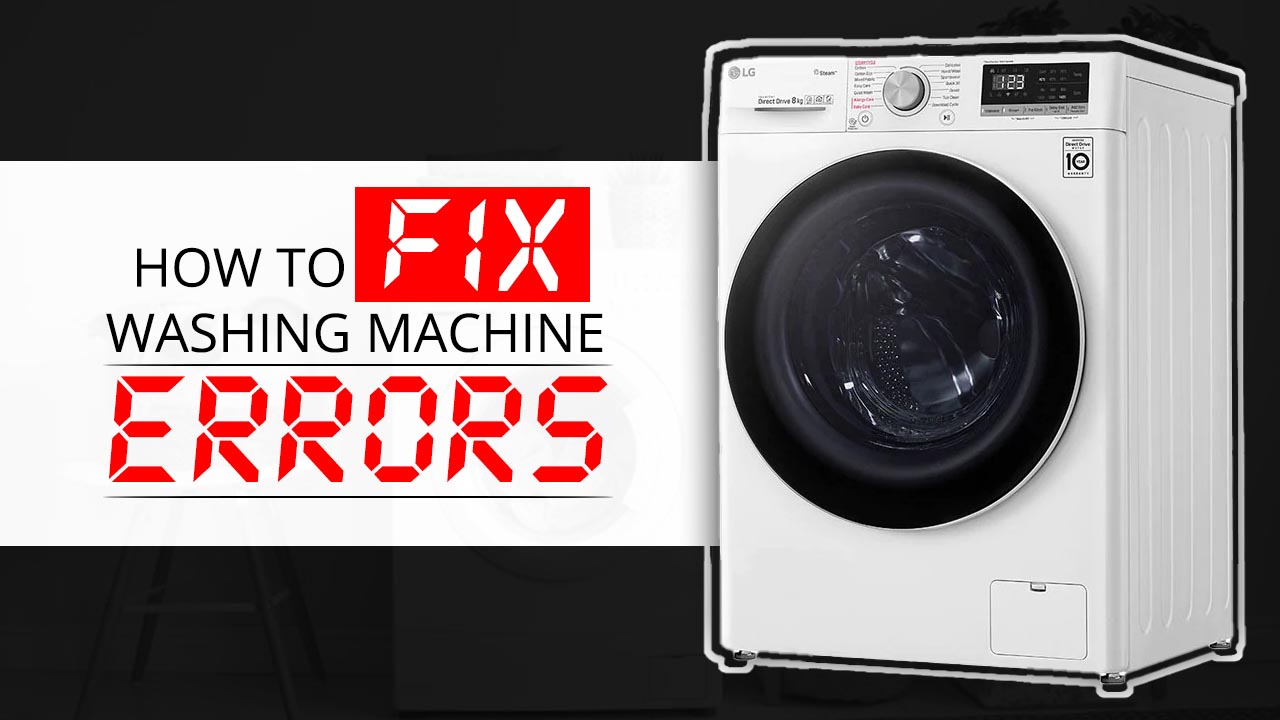
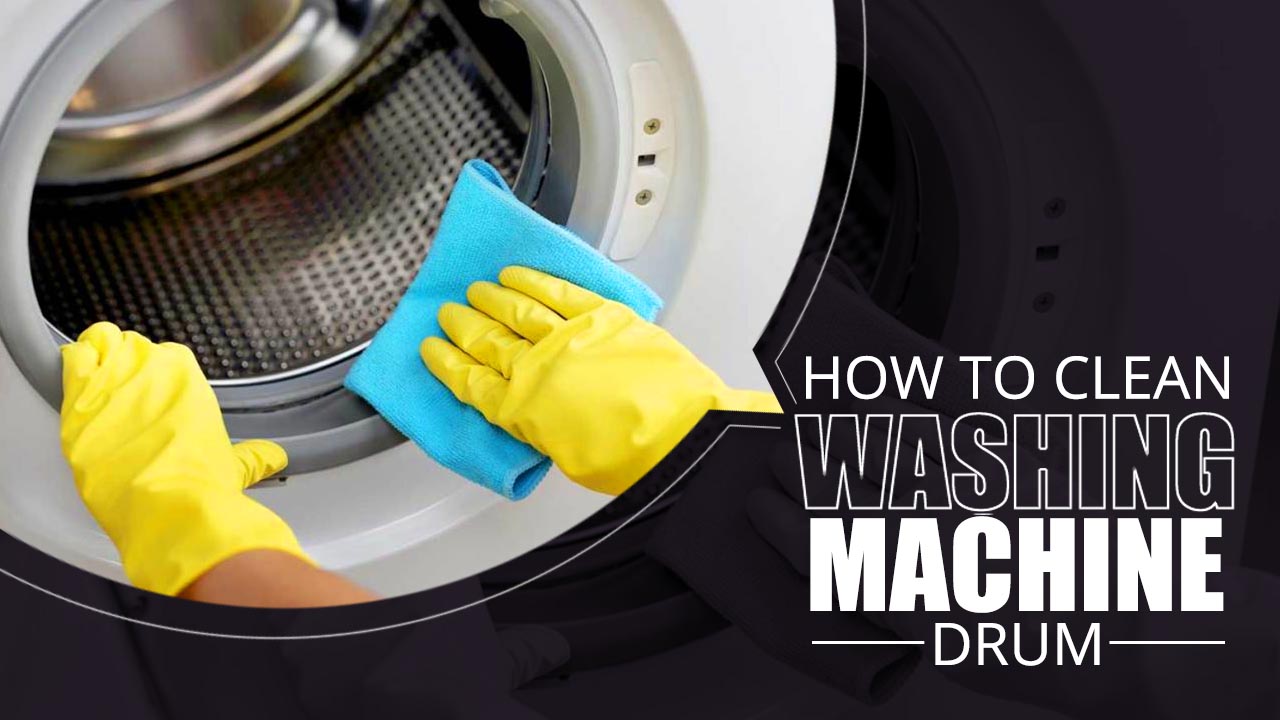
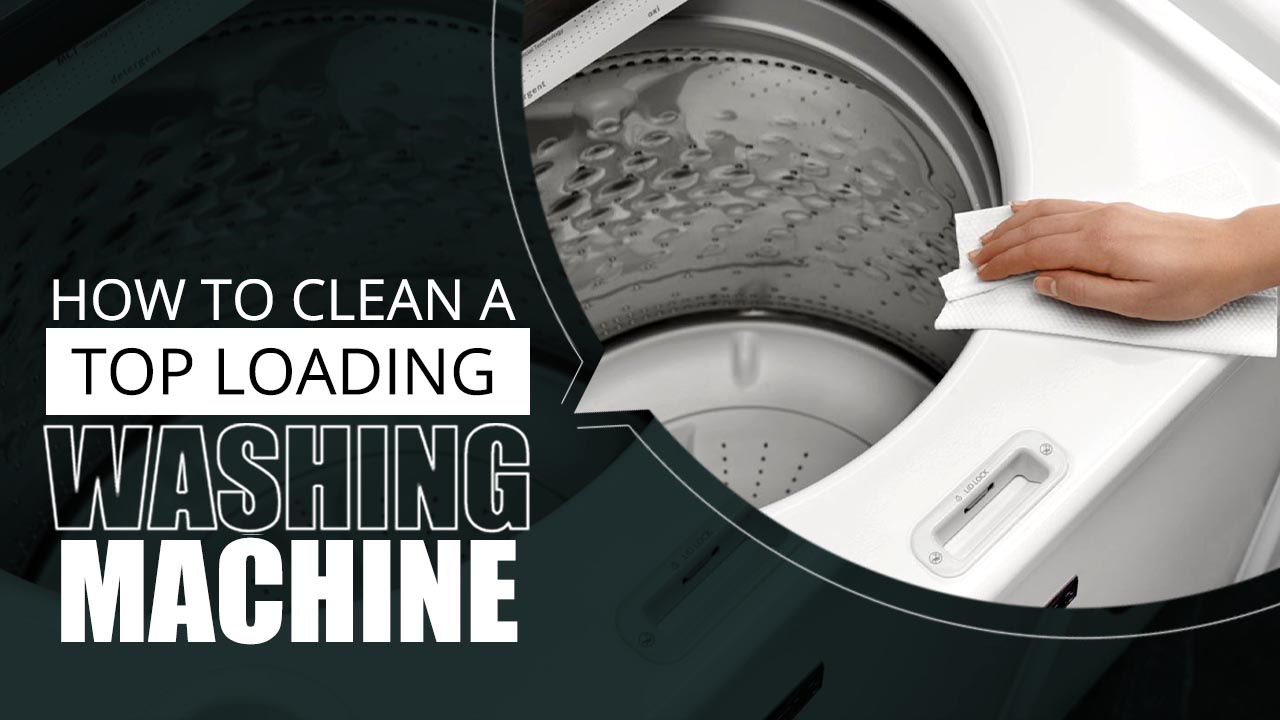
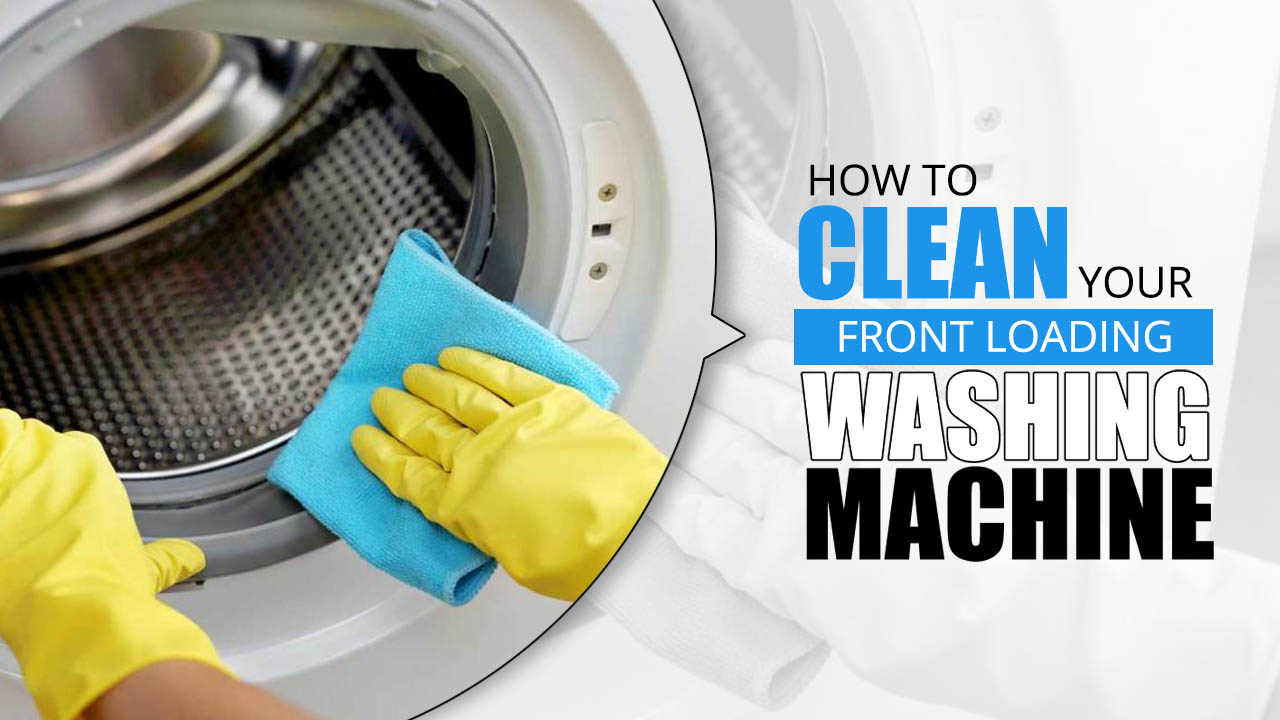
![Washing Machine Dryer Not Working [Solved] Washing Machine Dryer Not Working](https://prowashingmachine.com/wp-content/uploads/2022/06/washing-machine-dryer-is-not-working.jpg)
